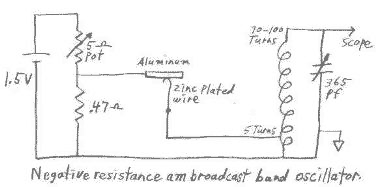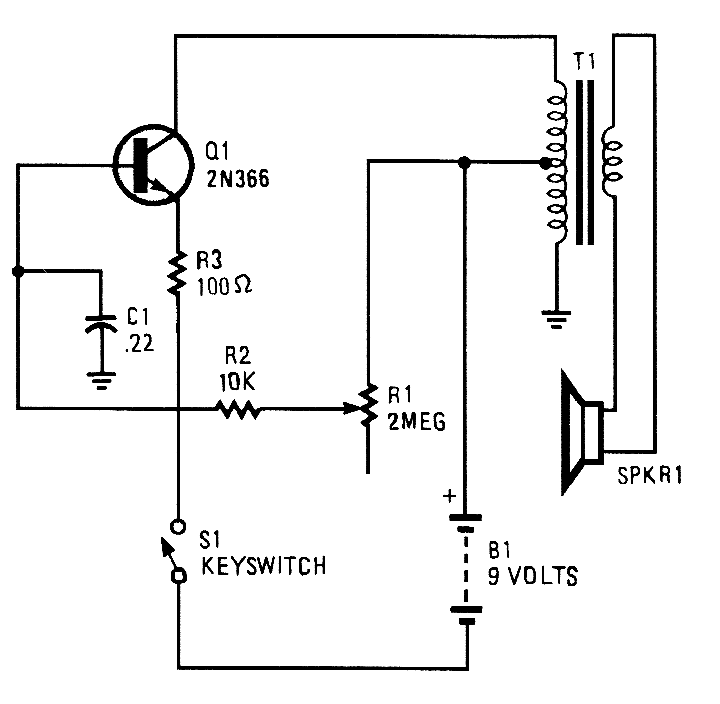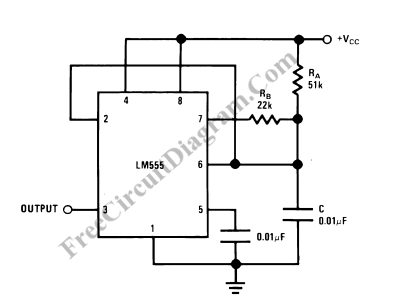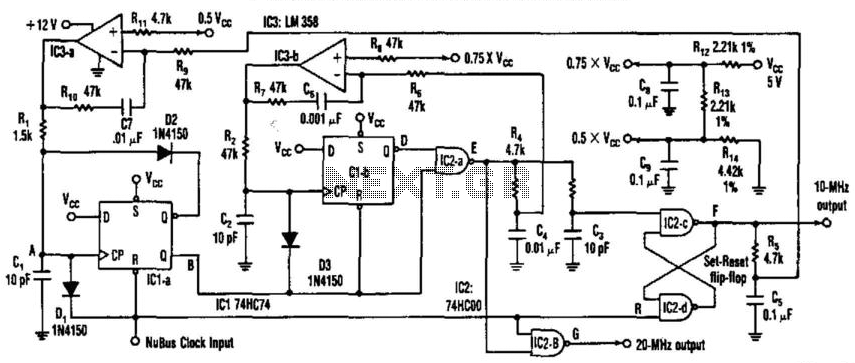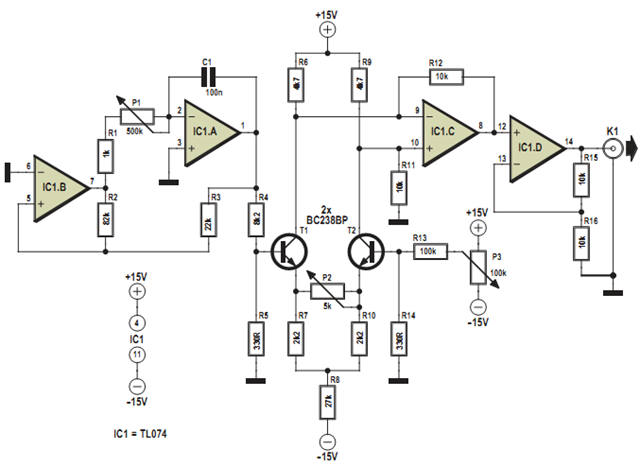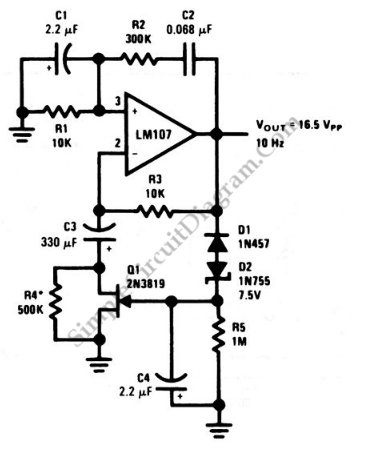
Local Oscillator Stage
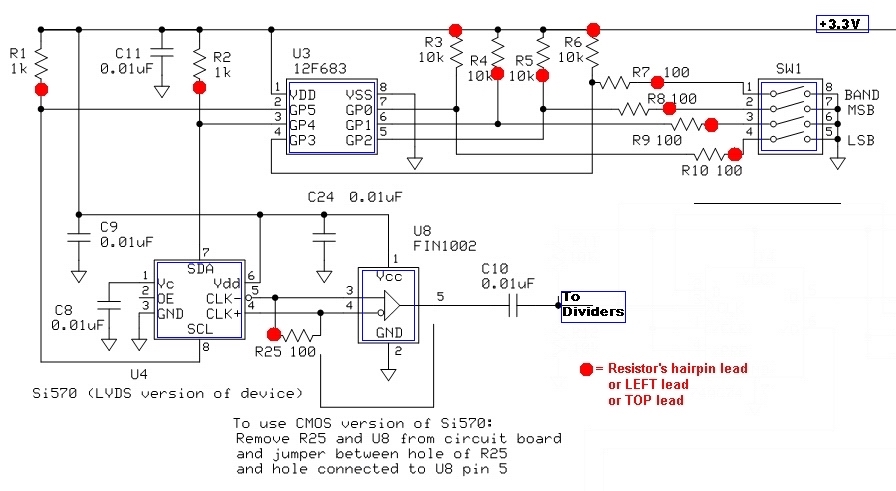
The current draw should be between 80 and 100 mA. The exact value is highly dependent on the Si570, its version (CMOS vs. LVDS), the frequency setting, and variations in the circuit components. The SW1 programming of U3 can be tested by measuring the DC voltages at pins 1 through 7. Pins 1 through 3 should consistently show approximately 3.27 VDC. The voltages at pins 4 through 7 will vary based on the corresponding dip switch settings (pins 4 through 7 correspond to dip switches 1 through 4).
The described circuit operates within a current range of 80 to 100 mA, which is crucial for ensuring the proper functionality of the Si570 frequency generator. The Si570 can be configured in different versions, namely CMOS or LVDS, each affecting the current draw due to inherent differences in their electrical characteristics. The frequency setting also plays a significant role, as it can influence the load on the circuit and, consequently, the current consumption.
To assess the programming of the SW1 switch associated with the U3 component, voltage measurements should be taken at pins 1 through 7. It is expected that pins 1 to 3 maintain a stable DC voltage of approximately 3.27 VDC, indicating that the power supply and initial circuit conditions are functioning as intended. The voltages present at pins 4 through 7 will fluctuate based on the settings of the corresponding dip switches, which are critical for configuring the operational parameters of the circuit. Each dip switch setting alters the behavior of the circuit, allowing for flexibility in operation and performance.
In summary, careful monitoring of the current draw, along with the appropriate voltage levels at the designated pins, is essential for verifying the functionality and reliability of the circuit involving the Si570 frequency generator.The current draw should be somewhere between 80 and 100 mA. The exact value is very much dependent upon the Si570, the version (CMOS vs LVDS), the frequency setting, and component variations in the circuit. You can test the SW1 programming of U3 by checking the dc voltages at pins 1 thru 7. Pins 1 thru 3 should always be approximately 3. 27 Vdc. Vo ltages at pins 4 thru 7 will vary, depending upon their corresponding dip switch settings (pins 4 thru 7 correspond to dip switches 1 thru 4):. 🔗 External reference
The described circuit operates within a current range of 80 to 100 mA, which is crucial for ensuring the proper functionality of the Si570 frequency generator. The Si570 can be configured in different versions, namely CMOS or LVDS, each affecting the current draw due to inherent differences in their electrical characteristics. The frequency setting also plays a significant role, as it can influence the load on the circuit and, consequently, the current consumption.
To assess the programming of the SW1 switch associated with the U3 component, voltage measurements should be taken at pins 1 through 7. It is expected that pins 1 to 3 maintain a stable DC voltage of approximately 3.27 VDC, indicating that the power supply and initial circuit conditions are functioning as intended. The voltages present at pins 4 through 7 will fluctuate based on the settings of the corresponding dip switches, which are critical for configuring the operational parameters of the circuit. Each dip switch setting alters the behavior of the circuit, allowing for flexibility in operation and performance.
In summary, careful monitoring of the current draw, along with the appropriate voltage levels at the designated pins, is essential for verifying the functionality and reliability of the circuit involving the Si570 frequency generator.The current draw should be somewhere between 80 and 100 mA. The exact value is very much dependent upon the Si570, the version (CMOS vs LVDS), the frequency setting, and component variations in the circuit. You can test the SW1 programming of U3 by checking the dc voltages at pins 1 thru 7. Pins 1 thru 3 should always be approximately 3. 27 Vdc. Vo ltages at pins 4 thru 7 will vary, depending upon their corresponding dip switch settings (pins 4 thru 7 correspond to dip switches 1 thru 4):. 🔗 External reference
